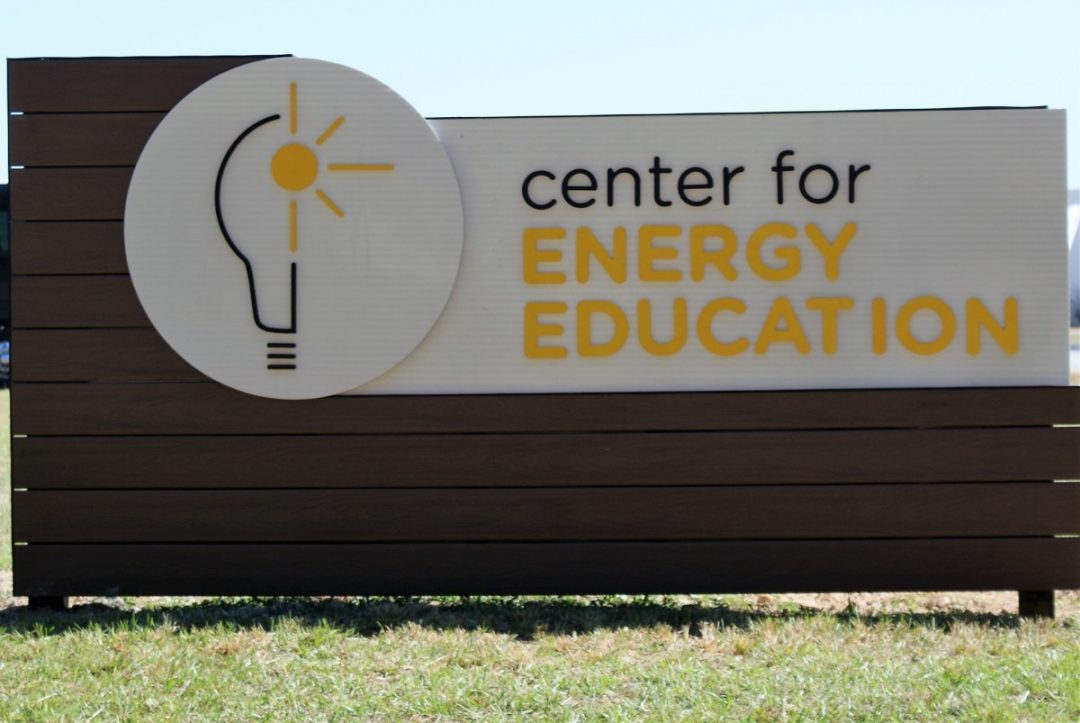The Center for Energy Education is beginning an effort to secure funding for a microgrid project in Halifax and surrounding counties, said Mozine Lowe, the executive director for the center.
“This project will serve as a workforce training facility for residents, providing high-income careers and jobs,” she said in questions submitted by rrspin following the center’s successful workshop on microgrids last week.
Lowe said it is already apparent that microgrids will be deployed throughout the United States as an integral part of the coming modernization of the grid.
She said the International Energy Agency’s report, Net Zero by 2050: A Roadmap for the Global Energy Sector, projects that energy transition will create 14 million new jobs related to clean energy technologies and require the shift of around 5 million workers away from fossil fuel sectors.
In addition to these new roles, 16 million workers will require shifts to work in clean energy segments, requiring additional skills and training. “With the U.S. being the global leader in the energy sector we can clearly expect these numbers to largely be representative of what we can expect locally,” Lowe said.
In February the IEA said analysis has underscored the need for governments to manage the social and economic impacts of clean energy transitions in a coordinated way, given that employment is expected to increase in clean energy industries while decreasing in fossil fuel ones. “These efforts include seeking transition pathways that maximize opportunities for good quality jobs, for workers to make use of existing skills and develop new skills, and mobilizing long-term support for affected workers and communities.”
Lowe explains microgrids as multi-component devices that function to take over the distribution of electrical power when the national power grid fails. The microgrid provides temporary replacement power for a well-defined geographic area.
The affected area can range in size from a single building or single facility to city blocks. “When the national power grid is functioning in its normal mode the microgrid can work with the grid to send unneeded or excess power from buildings with solar panels to other places that do not have enough power,” Lowe said. “In this way local generation of electricity can be used by other people locally when they have a power deficit.”
There are often arrangements made with the utility provider to compensate the owner of the solar panels for the power used from their panels. The amount of compensation varies widely depending on regulations and the local utility’s policies.
“Microgrids are deployed at critical facilities such as medical facilities, law enforcement facilities and other places that are required to remain operational throughout an electrical outage,” Lowe said. “The critical infrastructure of the county such as water and sewer could be sustained by a microgrid.”





